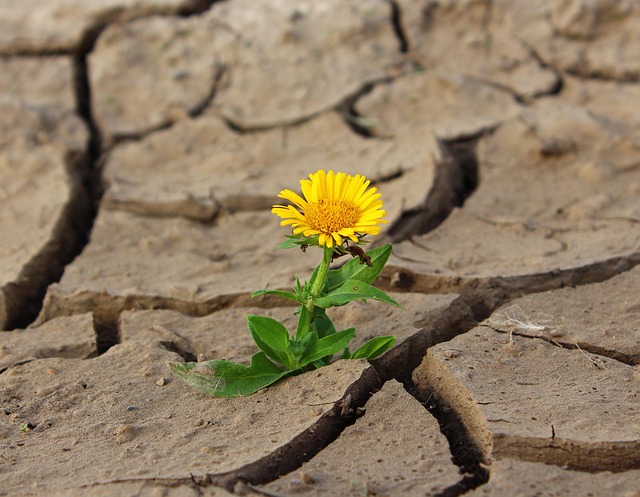Navigating Climate Change: Harnessing Resilience in a Warming Environment
As we journey through uncertain times marked by climate change, the need for resilience has become more critical than ever. Our environment is changing, with rising temperatures, unpredictable weather patterns, and the increasing frequency of natural disasters. However, amidst the challenges posed by a warming world, there lies an opportunity to cultivate resilience both as individuals and communities.
Resilience, at its core, is about our ability to adapt in the face of adversity. It’s the strength displayed when communities come together after a devastating flood to rebuild homes and lives. It’s seen in the innovative agricultural practices developed to cope with drought conditions, ensuring food security even in tough times. In a warming environment, resilience isn’t just a valuable trait; it’s a necessity that influences how we tackle climate change and its effects on our surroundings.
The environment around us is not just an entity to be observed; it’s intricately connected to our daily lives. Our forests, rivers, and oceans contribute significantly to our economy, health, and cultural identity. However, as these natural systems face pressures from climate change, the urgency to develop resilience grows. This means investing in sustainable practices that reduce our carbon footprint, promoting biodiversity, and restoring natural habitats that serve as buffers against climate-related disruptions.
Communities around the world are demonstrating resilience by embracing renewable energy and decreasing dependency on fossil fuels. Cities are redesigning infrastructure to withstand extreme weather, incorporating green spaces and permeable surfaces that mitigate flooding. Education plays a vital role in this transformation, as awareness of climate change leads to proactive choices, from reducing waste to advocating for policies that protect the environment.
On an individual level, resilience is about making conscious decisions that reflect a commitment to a sustainable future. Simple actions like reducing plastic use, conserving water, and supporting local businesses not only help the environment but also inspire those around us to take part in the movement for change. The connection between personal responsibility and broader environmental impacts cannot be understated; every action contributes to the collective resilience of our planet.
Moreover, harnessing resilience goes beyond our personal and local efforts. It requires collaboration on a global scale. Countries must come together to share technology, resources, and strategies that foster a more sustainable world. International agreements like the Paris Accord aim to unite nations in their quest for a more resilient future, acknowledging that climate change knows no borders and demands a collective response.
The journey towards resilience in a warming environment is undoubtedly challenging, but it is also filled with hope and potential. When communities pull together, champions of sustainability emerge, leading the charge for change. By committing to resilience, we begin to see the possibilities of a healthier planet where current and future generations can thrive. As we advocate for our environment, we create a culture of resilience—one that embraces change, fosters innovation, and inspires action. Each step we take towards building this resilience is a step towards ensuring a sustainable future amidst the undeniable impacts of climate change.




